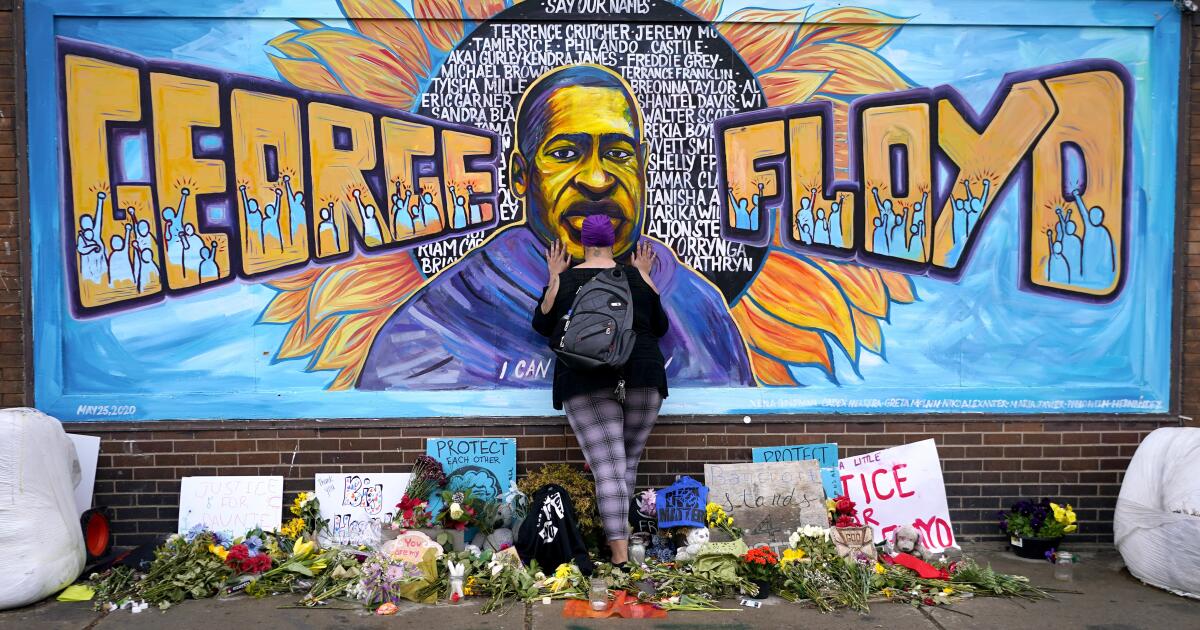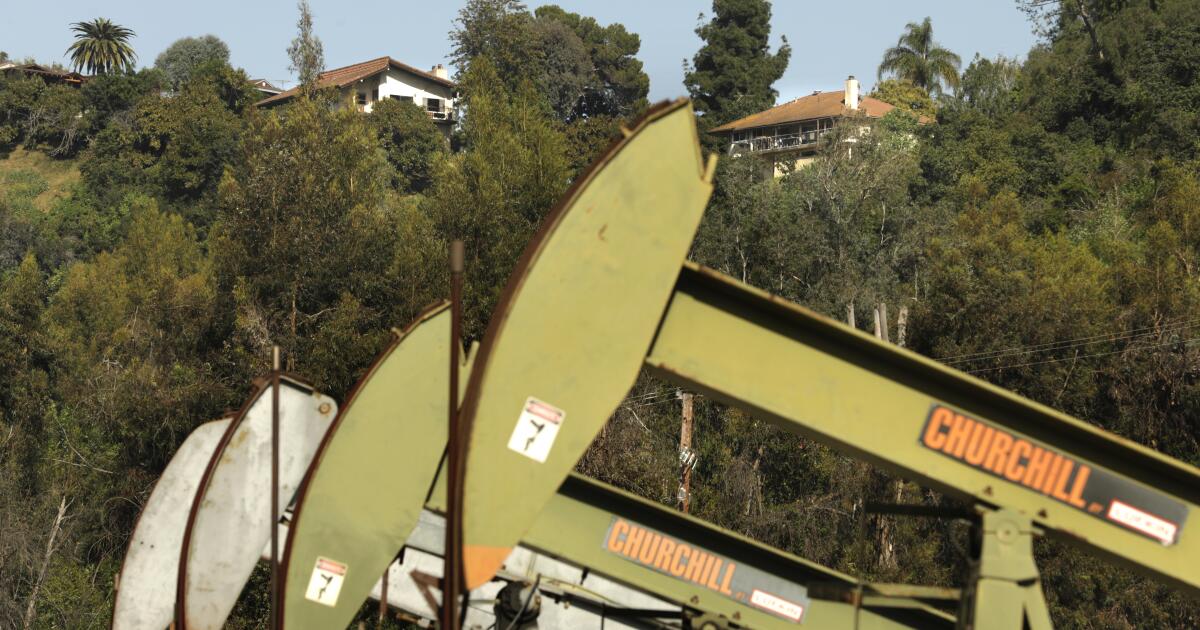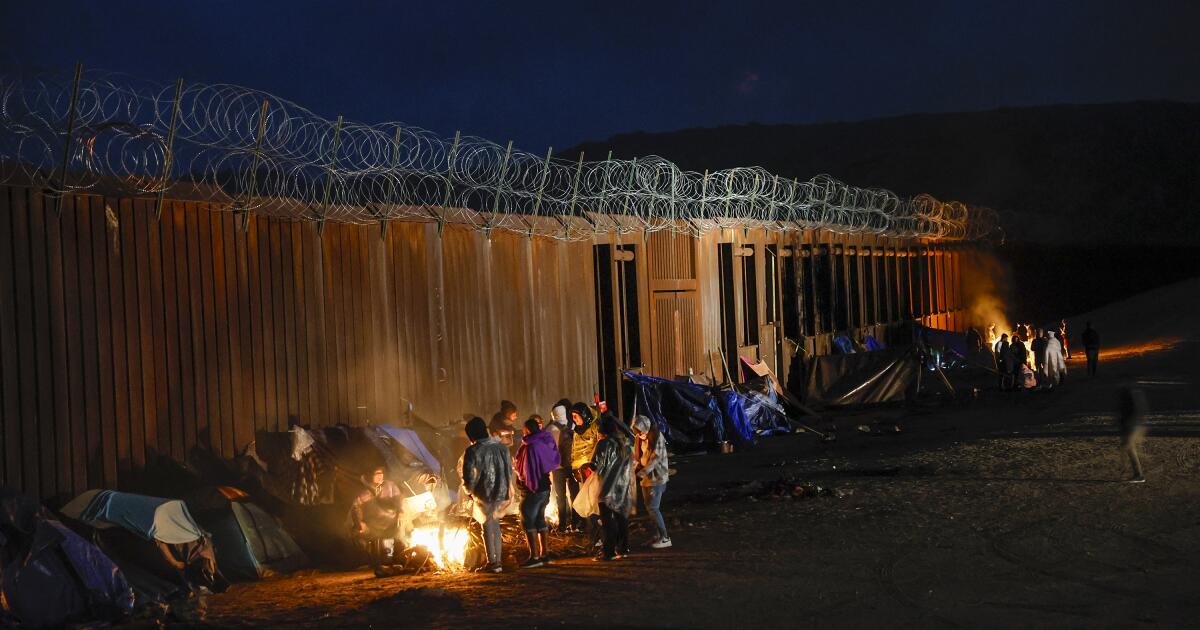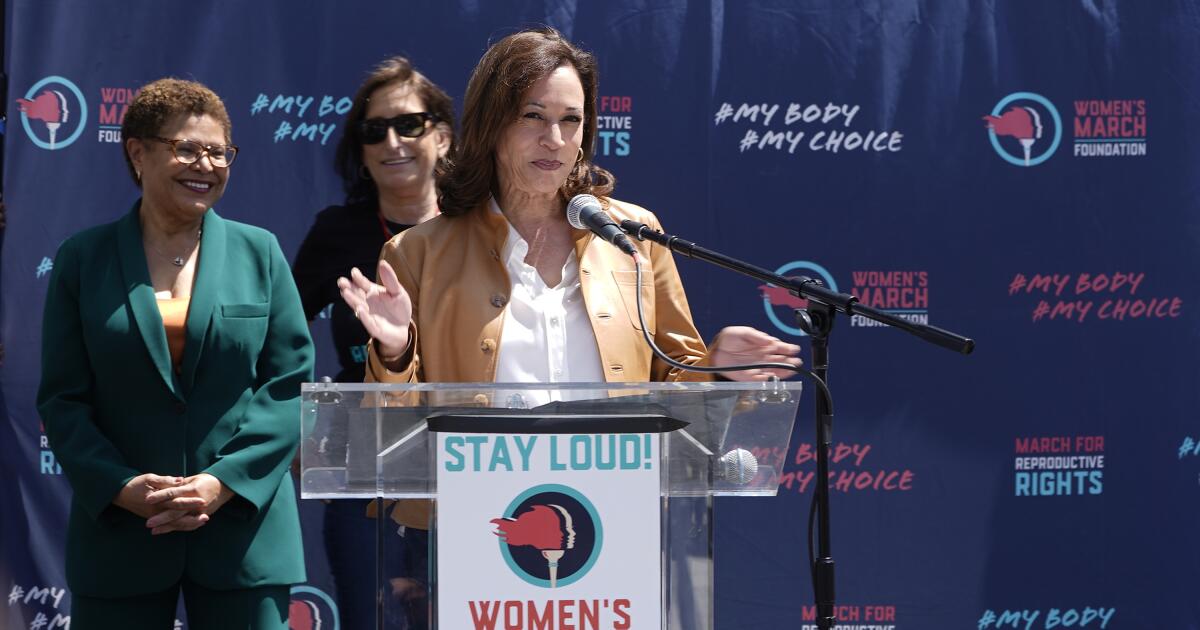American life expectancy began falling even before the pandemic. It is a critical point barometer of our nation's health and a sign that all is not well in the US.
Much of the increase in premature and avoidable deaths can be attributed to drug overdose, which quintupled in the last two decades. But this unrest is much broader, driven largely by the growing chronic disease.
Depression rates are reaching new highs. Obesity Rates among adults have increased from 30% to 42% since the beginning of the century, and severe obesity has nearly doubled and increased the risk of cardiovascular disease, diabetes and other serious health conditions. He return of vaccine-preventable diseases has been a concern since the 2010s. Sexually transmitted infections have arose In the last decade. and for him first time since 1937an infectious disease, COVID-19, became one of the top three causes of death in the country.
These health problems are alarming on their own. They also have a devastating impact on our economy. One year increase in life expectancy could boost economic production by 4%. On the other hand, as Americans' health worsens, our health spending continues to rise. As a country, we spend 4.5 billion dollars annually in health, which represents 17% of GDP. Out-of-pocket health care costs have risen dramatically, straining workers' finances and pushing people into bankruptcy. All of this feeds a cycle of a sicker workforce and a weaker economy.
Policymakers recognized the link between the economy and public health at the height of the pandemic, providing federal aid programs like cash assistance and paid sick leave designed to keep the nation's workforce and economy as healthy as possible. possible. But our abandonment of these efforts since we got COVID relatively under control sets our country up for growing crises. We need to revive a historic source of support for public health measures: the business case for a healthy workforce.
In 1842, Edwin Chadwick argued in his landmark “Report on the Sanitary Conditions of the Laboring Population of Great Britain” that investments in public health are crucial not only from a moral perspective, but also for economic productivity. In an article for The Atlantic in 1909, C.-EA Winslow, an American public health pioneer, wrote that employers who attempt welfare measures for workers “find out it's worth it.” And around that time, Wickliffe Rose, an American philanthropist, oversaw the Rockefeller Sanitary Commission to address hookworm as a controllable health problem, spurring economic productivity.
Hookworm, which can cause anemia and fatigue and impair the development of children, was a major problem in southern states in the late 19th and early 20th centuries as a result of lack of access to clean water, poor sanitation and hygiene. . Their symptoms were attributed to “laziness” (a stigma often attached today to symptoms of chronic illness, disabilities, and mental health problems) and perpetuated cycles of poverty. Pink almost eradicated hookworm through educational campaigns, expanding access to treatment and improving public sanitation.
Similarly, during World War II, the United States government invested in public health initiatives to curb malaria transmission on tropical and subtropical battlefronts; vaccinate against smallpox, typhoid and tetanus; and control sexually transmitted infections, which during World War I cost the U.S. military more than 7 million working days and 10,000 avoidable discharges.
When it works well, such public health infrastructure makes it easier for workers to lead healthy lives. The results have been dramatic and contributed in the last century to the Average human life expectancy doubles worldwide.
Despite the impression that COVID-19 makes, public health has historically been about much more than tracking disease outbreaks. has been about preventing disease. Access to healthcare and insurance plays a role, but doctors and hospitals often come into play later someone is already sick. Research shows that simple resources like clean Air and water, affordable healthy foodStable housing and safe workplaces are much better predictors of good health and longevity.
During the pandemic, programs that address basic needs—eviction freezes, expanded food assistance, and mandatory paid sick and family leave for employees of smaller businesses—improved housing stability. COVID spread slowed and protected Americans mental health. Since then, housing affordability has plummeted; half of American renters spend more than 30% of your income for rent and utilities. In 2022, more than 40 million Americans were living in food insecure households, adding to health problems in Adults and children.
The United States is one of the Only high-income nations which still lacks universal paid sick leave and family medical leave, forcing many people to go to work sick or risk losing a day's pay. Interventions to improve workplace air quality, a vital component of a healthy workplace appreciated even by health reformers of the 19th and 20th centuries, have been overlooked.
The pandemic-era measures were abandoned in part because of their cost. But what is far more expensive, and what is causing American workers unnecessary suffering as our national health worsens, is our current approach to health care. Of our Annual health spending of 4.5 trillion dollars In the United States, the vast majority care for people who are already sick; only 4% supports programs to keep people and workers healthy first. This focus on treating people after they've already gotten sick is largely why we pay dramatically more than other countries and still have some of the benefits. worse health indicators in the world.
Once again, treating public health as an economic imperative could help expand support for the kinds of interventions that became polarizing during the pandemic, but have a long track record of improving well-being and productivity.
Celine Gounder (@CelineGounder), an infectious disease physician and epidemiologist, is a senior fellow and public health editor-at-large at KFF Health News. She is also the host of the podcast”Epidemic.” Craig Spencer (@Craig_A_Spencer) is an emergency physician and professor of public health at Brown University.












